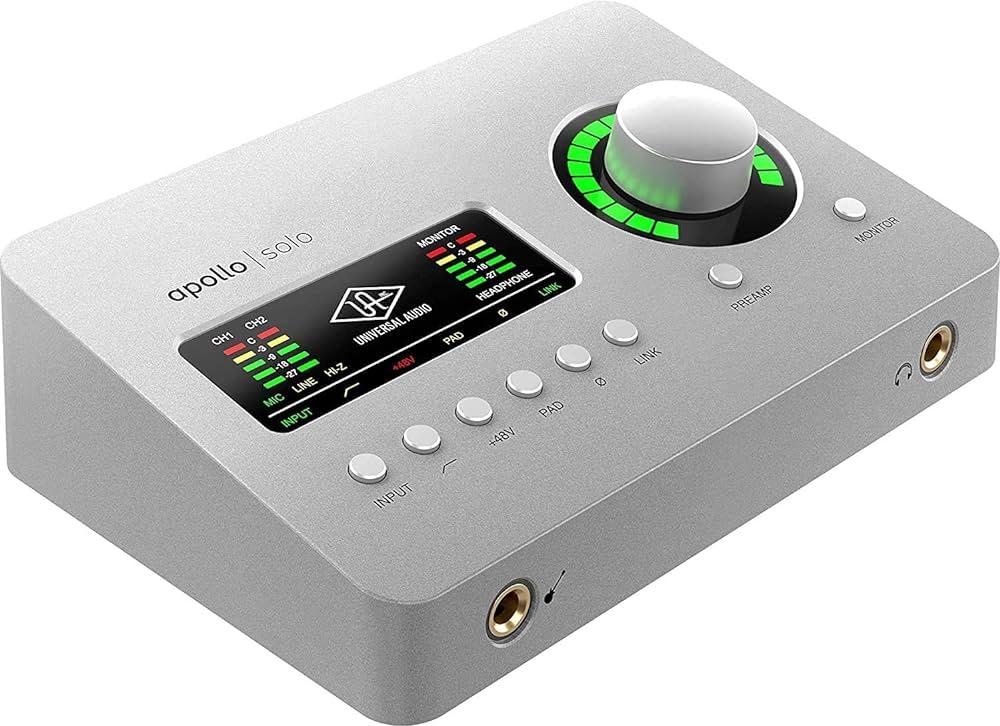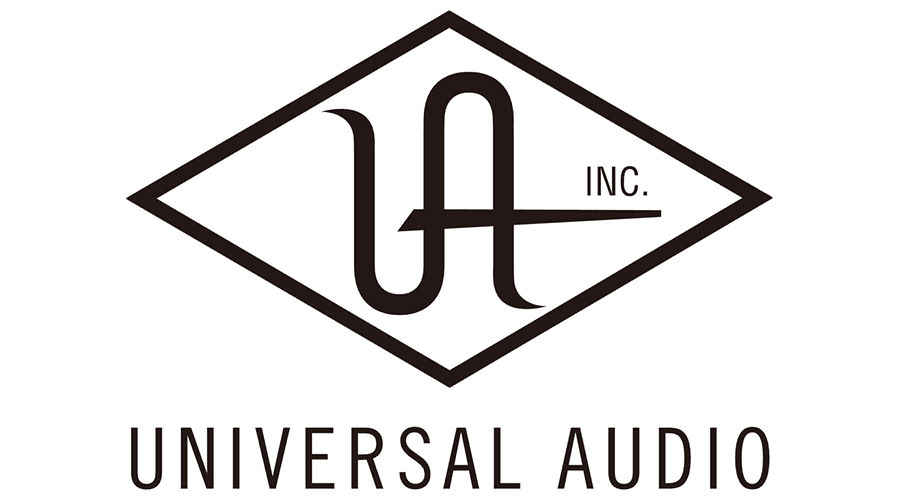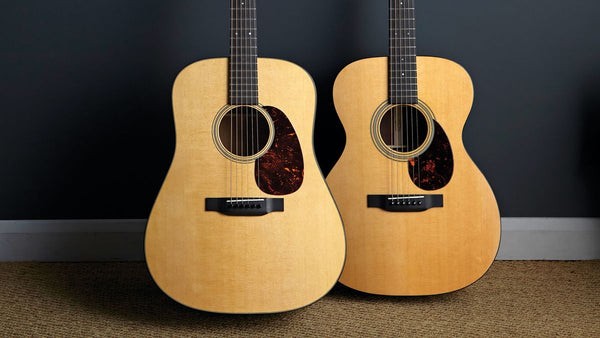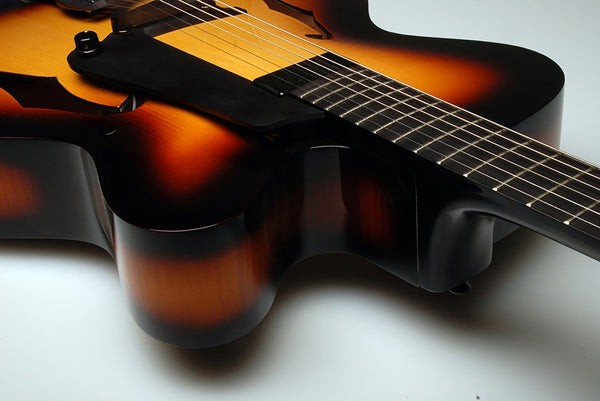Audio Interface: The Ultimate Buying Guide
Audio interfaces are a fundamental component of the modern recording and sound production process. They serve as a bridge between the analog and digital worlds, allowing musicians, producers, and sound engineers to capture, process, and manipulate audio with precision. This guide aims to shed light on the crucial role of audio interfaces, helping you understand why they are essential for high-quality audio recording and production.
Purpose of Buying Guide
Educate on the Importance:
We'll explain why audio interfaces are essential in the context of recording and sound production. You'll learn how they impact audio quality, latency, and versatility.
Clarify the Terminology:
Audio interfaces come with a wealth of technical jargon. We'll demystify terms like sample rate, bit depth, preamps, and more so that you can make informed decisions.
Feature Breakdown:
Different audio interfaces offer various features and connectivity options. This guide will explore these features and discuss how they affect your recording capabilities.
Budget Considerations:
Not everyone has the same budget for their audio interface. We'll cover options for different price ranges, discussing the trade-offs between cost and performance.
Compatibility and Connectivity:
Learn about the various types of audio interfaces (USB, Thunderbolt, PCIe, etc.) and which one might be best for your specific needs and existing equipment.
Application-Specific Advice:
Depending on whether you're a musician, podcaster, producer, or sound engineer, we'll provide tailored advice to help you choose the right audio interface for your needs.
Reviews and Recommendations:
We'll recommend some audio interfaces that stand out in terms of performance, value, and user reviews, providing a range of options for different scenarios
Troubleshooting and Maintenance:
Understanding how to maintain and troubleshoot your audio interface is essential for its longevity and consistent performance. We'll provide tips on this as well
Chapter 1 : Understanding Audio Interfaces
What is an Audio Interface?
An audio interface, often referred to as a sound card or audio converter, is a hardware device that serves as a bridge between the analog and digital domains in audio recording and production. It allows you to connect analog audio sources, such as microphones, instruments, and other sound equipment, to a computer or digital recording device for processing, editing, and storage. Additionally, audio interfaces provide the means to play back digital audio through speakers or headphones.
Why Do You Need an Audio Interface?
Audio interfaces are essential for several reasons:
Audio Quality: They significantly improve the audio quality of your recordings by providing high-resolution analog-to-digital conversion. This ensures that the nuances of your sound sources are captured accurately.
Low Latency: Audio interfaces are designed to minimize latency, which is the delay between input and output. Low latency is crucial for real-time monitoring, enabling musicians to hear themselves without noticeable delays.
Versatility: Audio interfaces offer multiple inputs and outputs, allowing you to record multiple audio sources simultaneously and connect to various types of equipment.
Preamps: Many audio interfaces include high-quality preamps, which are essential for enhancing the quality of microphones and instruments.
Integration with DAWs: Audio interfaces are compatible with digital audio workstations (DAWs), making it easy to record, edit, and process audio on your computer.
Analog vs. Digital Audio Conversion:
Analog-to-digital conversion (ADC) and digital-to-analog conversion (DAC) are fundamental processes in audio interfaces:
Analog-to-Digital Conversion (ADC): This process involves taking an analog audio signal (voltage variations that represent sound waves) and converting it into digital data. It is done by sampling the analog signal at specific intervals, typically measured in kilohertz (kHz) or megahertz (MHz), and quantizing the amplitude at each sample into a digital value. This process allows the computer to work with the audio in a digital format.
Digital-to-Analog Conversion (DAC): Conversely, DAC takes the digital audio data and converts it back into an analog audio signal, which can then be played through speakers or headphones. This process involves reconstructing the continuous analog waveform from the discrete digital values.
The quality of ADC and DAC in an audio interface is crucial as it impacts the fidelity of your recordings and the accuracy of audio playback. Higher-quality converters result in more faithful representation of the original audio, with greater detail and clarity, making them important factors to consider when choosing an audio interface.
Chapter 2: Key Terminology Explained
We will delve into key terminology related to audio interfaces, providing you with a clear understanding of essential concepts and technical terms.
Sample Rate:
Definition: Sample rate, measured in Hertz (Hz), refers to the number of audio samples captured per second during analog-to-digital (ADC) conversion or played back during digital-to-analog (DAC) conversion.
Importance: A higher sample rate results in better audio fidelity and captures a wider frequency range, but it also generates larger file sizes. Common sample rates include 44.1 kHz (used for CDs), 48 kHz (used in video production), and 96 kHz or 192 kHz for high-resolution audio.
Bit Depth:
Definition: Bit depth, expressed in bits, represents the resolution of each audio sample. A higher bit depth provides greater dynamic range and precision.
Importance: The most common bit depths are 16-bit and 24-bit. A 16-bit audio sample can represent 65,536 discrete amplitude levels, while a 24-bit sample can represent 16,777,216 levels. Higher bit depth reduces quantization noise, resulting in cleaner audio recordings.
Input and Output Types:
Input Types: These are connectors on the audio interface where you connect analog audio sources. Common input types include:
XLR: Used for microphones.
1/4" (6.35 mm) TS/TRS: Used for instruments and line-level sources.
RCA: Often used for consumer audio equipment.
Output Types: These are connectors used for sending audio signals to external devices, speakers, or headphones. Common output types include:
1/4" (6.35 mm) TS/TRS: Used for studio monitors or amplifiers.
XLR: For professional-grade audio connections.
3.5mm (1/8"): Commonly found on laptops and consumer audio equipment.
Preamps:
Definition: Preamps (short for preamplifiers) are circuits or components within an audio interface that boost the weak analog audio signals from microphones or instruments to a level suitable for processing by the interface and recording on a computer.
Importance: High-quality preamps are crucial for capturing clean, low-noise audio. They can significantly impact the sound quality of your recordings.
Converters:
Definition: Converters, often referred to as ADC (Analog-to-Digital Converter) and DAC (Digital-to-Analog Converter), are essential components in an audio interface.
Importance: ADC converts analog audio signals into digital data for processing on a computer, while DAC converts digital audio data back into analog signals for playback. The quality of these converters affects the accuracy and fidelity of audio recording and playback.
Understanding these key terms is vital when selecting an audio interface, as they play a critical role in the quality and performance of your recording and playback processes. The right combination of sample rate, bit depth, input types, preamps, and converters can make a substantial difference in your audio production.
Chapter 3: Types of Audio Interfaces
USB Audio Interfaces
USB interfaces are some of the most common and user-friendly options. They connect to your computer via USB ports (e.g., USB 2.0, USB 3.0, USB-C).They are widely compatible with various computers and are suitable for most home studios and mobile setups. They offer a good balance between performance and affordability.
Thunderbolt Audio Interfaces
Thunderbolt interfaces connect to your computer through Thunderbolt ports. Thunderbolt interfaces provide faster data transfer rates than USB, which is beneficial for handling large projects and multiple channels. They are often favored by professional users for their low latency and high bandwidth
PCIe Audio Interfaces
These interfaces are installed inside your computer using PCIe slots on the motherboard. PCIe interfaces offer extremely low latency and high data transfer rates. They are commonly used in professional studios for their superior performance. However, they require a desktop computer with available PCIe slots
Chapter 4: Features and Connectivity
In this chapter, we'll explore the features and connectivity options available in audio interfaces. Understanding these features is crucial for tailoring your choice to your specific recording and production needs.
1. Phantom Power:
Definition: Phantom power is a feature that provides a DC voltage (usually 48V) to condenser microphones and some active ribbon microphones. It is required to power the internal electronics of these microphones.
Use Cases: If you plan to use condenser microphones or certain specialty microphones, ensure your audio interface provides phantom power.
2. MIDI I/O:
Definition: MIDI (Musical Instrument Digital Interface) is a protocol for communicating musical data between digital devices. MIDI I/O on an audio interface allows you to connect and control MIDI instruments like keyboards, synthesizers, and drum machines.
Use Cases: Musicians and producers who work with MIDI instruments or control surfaces should consider an interface with MIDI I/O for seamless integration.
3. Direct Monitoring:
Definition: Direct monitoring allows you to hear the input signal in real-time before it's processed by your computer, reducing latency. It's a crucial feature for live recording and monitoring.
Use Cases: Musicians, especially vocalists and instrumentalists, benefit from direct monitoring to maintain timing and avoid latency issues during recording.
4. Input and Output Configuration:
Input Configuration: When choosing an audio interface, consider the number and type of input connectors (XLR, 1/4", RCA, etc.) you need for microphones and instruments. Ensure there are enough preamps and input options to accommodate your recording setup.
Output Configuration: The output configuration is important for connecting to studio monitors, headphones, and external equipment. Ensure the interface has the necessary output types (1/4", XLR, 3.5mm) and sufficient outputs for your needs.
5. Software Integration and Compatibility:
Audio Driver Compatibility: Check if the audio interface is compatible with your operating system (e.g., Windows, macOS) and the specific DAW (Digital Audio Workstation) you intend to use.
Bundled Software: Some interfaces come with bundled recording software or plugins, enhancing the value of your purchase.
ASIO and Core Audio Support: Look for interfaces with ASIO (Windows) or Core Audio (macOS) support, which can improve low-latency performance and compatibility with DAWs.
6. Loopback and Cue Mix Features:
Loopback: Loopback functionality allows you to route audio from your computer back to the interface, useful for tasks like recording computer audio for tutorials or live streaming.
Cue Mix: Cue mix features let you create separate mixes for different sets of outputs, such as headphones and monitors, making it easier to manage monitoring during recording or mixing.
7. Word Clock and Synchronization:
Word Clock: Word clock signals are used for precise synchronization between multiple digital audio devices. It's crucial in professional studios with multiple interfaces and digital gear.
Understanding these features and connectivity options helps you select an audio interface that aligns with your specific requirements. Your choice should consider the instruments and microphones you'll use, the software and hardware you're connecting, and the type of projects you plan to undertake.
Chapter 5: Application-Specific Considerations
In this chapter, we'll explore how to choose an audio interface based on the specific applications you have in mind, whether it's music production, podcasting, voiceovers, or other creative endeavors. Matching your interface to your needs is essential for achieving the best results in your chosen field.
Music Production:
Music Genres: Different genres may require various inputs. For example, recording a full band with drums, guitars, and vocals might need an interface with numerous inputs, while electronic music production could work well with fewer inputs.
Sample Rate and Bit Depth: Higher sample rates and bit depths may be preferable for music production to capture the nuances of instruments and vocals accurately.
Low Latency: Music producers often require low-latency monitoring to play virtual instruments and record live tracks in sync with existing material.
MIDI Support: If you use MIDI instruments or controllers extensively, MIDI I/O is beneficial for seamless integration.
Podcasting:
Microphone Inputs: Podcasters usually need one or multiple XLR microphone inputs for high-quality vocal recording.
Monitoring: Direct monitoring can be essential for podcasters to avoid latency while recording.
Portable vs. Desktop: Consider whether you need a portable interface for on-location recording or a desktop interface for a studio setup.
Voiceovers:
Microphone Quality: High-quality microphone preamps and converters are vital for clear and professional-sounding voiceovers.
Monitoring and Direct Monitoring: Direct monitoring and zero-latency monitoring are crucial for voiceover artists to hear themselves while recording.
Simplicity: Voiceover artists may prefer straightforward interfaces with minimal features to focus on their performance.
Live Sound and DJing:
Outputs: For live sound and DJing, you'll need multiple line-level outputs to connect to amplifiers, mixers, and speakers.
Robust Construction: Consider interfaces designed for durability and portability if you're frequently on the move.
Loopback and Cue Mix: These features can be helpful for creating separate mixes for monitoring and the audience.
Audio for Video and Post-Production:
Multiple Inputs: Depending on your video project, you might need an interface with multiple inputs for capturing dialog, ambient sounds, and Foley effects.
Synchronization: Word clock support for accurate synchronization with video and external audio equipment is vital.
High-Quality Preamps: Clear audio quality is crucial when working on professional video and post-production projects.
Matching your audio interface to your specific needs ensures that you have the right tools for the job. Carefully consider the demands of your creative endeavors, the equipment you plan to use, and the required features to achieve your desired results. Whether you're a musician, podcaster, voiceover artist, or involved in various audio-related activities, choosing the right interface tailored to your needs is a critical step in your creative process.
Chapter 5: Our Curated List of Audio Interfaces
Entry-Level Audio Interfaces
Mid Range Audio Interfaces
Popular Audio Interface Brands to Consider
Chapter 8: Maintenance and Troubleshooting
To keep your audio interface in top shape, clean it regularly, protect connectors from dust, and avoid liquid exposure. Store it safely, update firmware and software, and maintain up-to-date drivers. For common issues, address driver problems with updates, lower latency through buffer adjustments, and troubleshoot audio input/output and distortion issues by checking settings, connections, and cables. No power or connectivity problems can often be resolved by ensuring power sources and cables are functioning properly. Regular maintenance and efficient troubleshooting will ensure your audio interface continues to perform reliably. If issues persist, consult manufacturer support or professional assistance.
Conclusion
Remember, the audio interface you choose should be an investment in your creative pursuits. It is the conduit through which your passion and talent flow, and a high-quality audio interface can make a world of difference in your projects. So, take your time, do your research, and select the one that best suits your needs.
Whether you're a musician seeking to capture the nuances of your performance, a podcaster delivering engaging content, a producer shaping the next hit song, or a sound engineer striving for pristine sound quality, your audio interface is the gateway to achieving your goals.
As technology continues to evolve, new innovations in audio interfaces will emerge, offering even more possibilities for creative expression. We encourage you to stay updated and continue exploring the exciting world of audio production. Your journey begins with selecting the right audio interface, and from there, the possibilities are endless. Happy recording and producing!


 Used Gear
Used Gear
 Connect
Connect

























